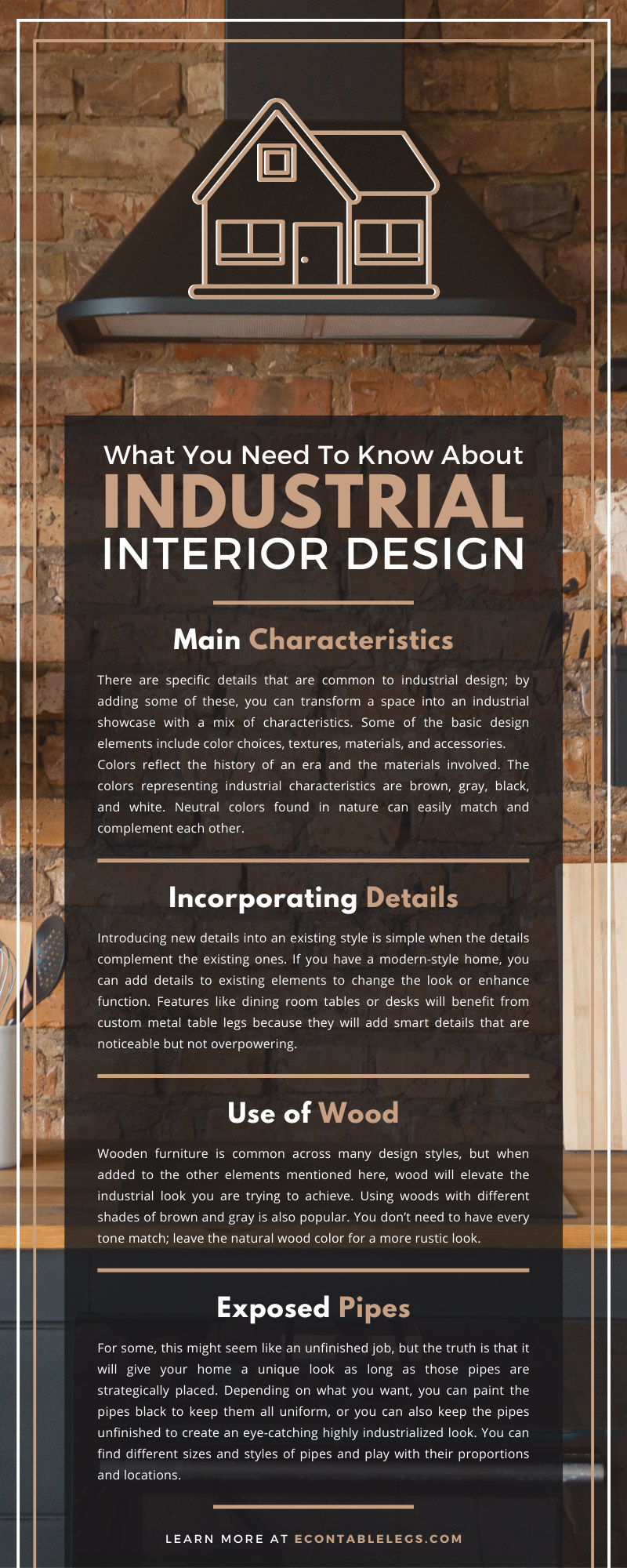The Difference Between Indoor and Outdoor Metal Table Legs
Certain products often use the term “outdoor” in their title, but what really is the difference and what makes one product suitable for outdoor applications and the other for indoor use only?
When looking for a set of metal table legs or a metal table base for an outdoor application, there are two main factors to consider: Material and finish. The type of metal the product is made from can drastically affect its long term outdoor durability. Same with the finish applied to the metal table legs. Certain finishes can prolong a products lifespan in the outdoor elements, and some finishes can actually accelerate corrosion when exposed to moisture. Below, we’ll talk about the different options and which should be used and when.
Material
The specific metal a product is made from is probably the most obvious determining factor when considering outdoor suitability. Most people understand that steel will rust if left unprotected. A raw steel product will develop a deep, dark brown and textured rusty finish if left outside in just a matter of months, possibly weeks or even days depending on the weather conditions. This is not the case with stainless steel and aluminum. While they will both corrode over time, they do not “rust” like steel does. Stainless steel and aluminum will typically develop a light white finish on the surface that can be easily cleaned off.
Each material type has its own set of pros and cons. Steel is significantly less expensive to purchase and work on. But it is also the least corrosion resistant. Aluminum is only marginally more expensive, but it is more expensive to work on, and the metal is relatively soft, and easy to scratch and dent. However it is much lighter, and significantly more corrosion resistant than steel. Stainless steel has similar mechanical properties to steel, it is similar in weight and strength, but it is the most expensive material choice, and is a little more expensive to work with as well, but it also has a significantly higher level of corrosion resistance.
Generally speaking the weight of the table legs or metal table base is not part of the consideration. So if budget allows, going with stainless steel material is your best choice here. You will maintain superior strength and corrosion resistance with this choice. We only recommend aluminum in certain cases, mainly where the weight is of consideration, such as with outdoor coffee tables or side tables that are frequently relocated based on seating arrangements. You can see our Outdoor Patio Furniture category to see some of our standard design methods for products specifically designed for exterior applications.
Steel can still be used for outdoor applications if it is finished properly, which leads to the next topic:
Finish
Most people think of stainless steel as either brushed or polished stainless steel. But if budget allows, there is no reason why you can’t get a set of stainless steel table legs and still have them painted or powder coated any color you choose. The same is true with aluminum. The finish may still get damaged, but with the base metal being stainless steel or aluminum, the metal will not start to rust if the finish is damaged.
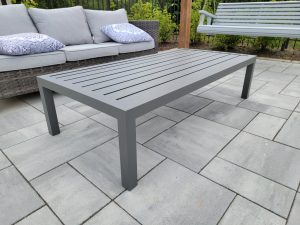
Other Considerations for Exterior Applications
While material and finish are by far the most common topics to touch on when selecting a set of metal table legs, there are some other unique applications that warrant additional consideration.
If your metal base will be under direct rainfall, such as under a slatted tabletop, or any other application where waterfall will be in direct contact with the metal should not use a steel table base. Most of our products are made from square or rectangular tubing, and when these are painted or powder coated, the finish does not coat the inside of the steel tubing. Water will find its way inside the metal tubing and start to cause the metal to rust from the inside out. You will usually start to see brown staining at the corners and joints of the design, and rusty water will leak out of the bottom of the base and stain your patio. These applications should use a different material choice.
Certain saltwater applications should also consider using a different material. Standard grade 304 stainless steel is typically not the best option for saltwater corrosion resistance. Grade 316 stainless steel is considered “marine grade”, and has superior corrosion resistance for saltwater applications. Many beachfront property owners get disappointed when their stainless steel products start to rust after they are exposed to saltwater. However grade 316 stainless steel comes with a much higher price tag. Aluminum is often the best choice here since the cost for a set of 316 stainless steel table legs is usually out of reach for most customers.
If you have any questions or concerns about your particular application, we always recommend reaching out to us to get our opinion and recommendation for the best suited product and finish.


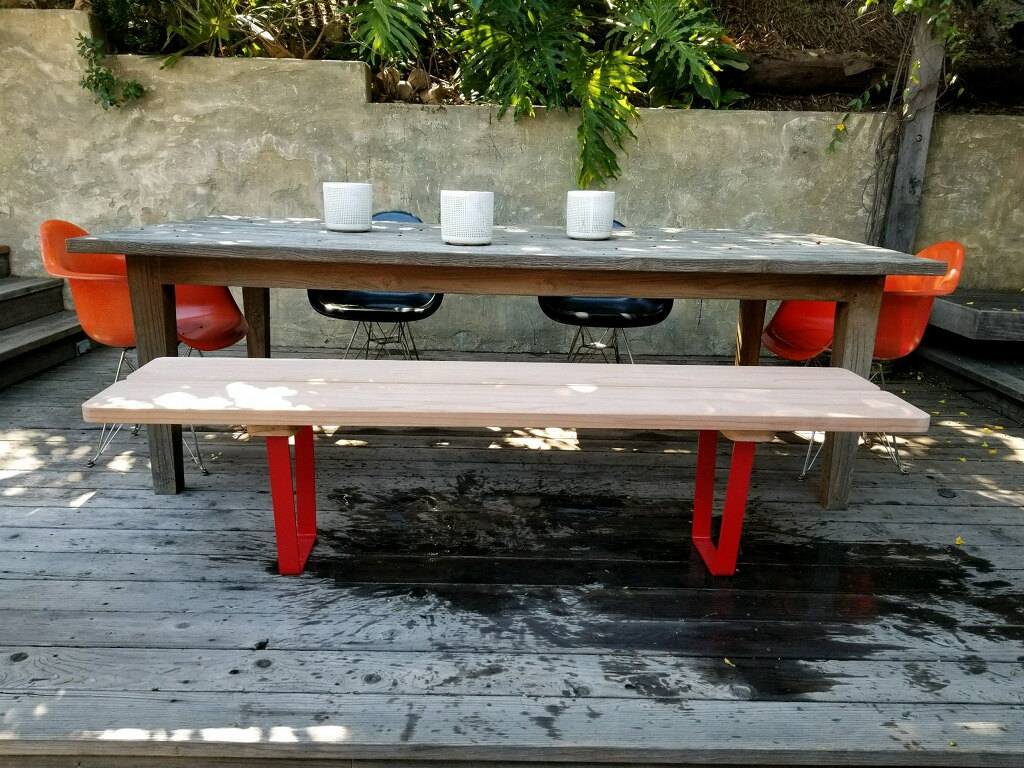
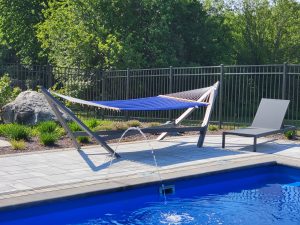
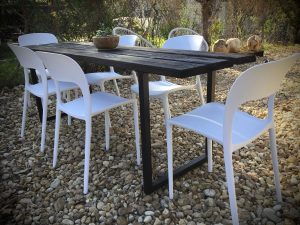
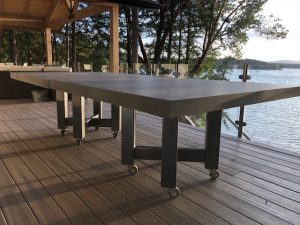

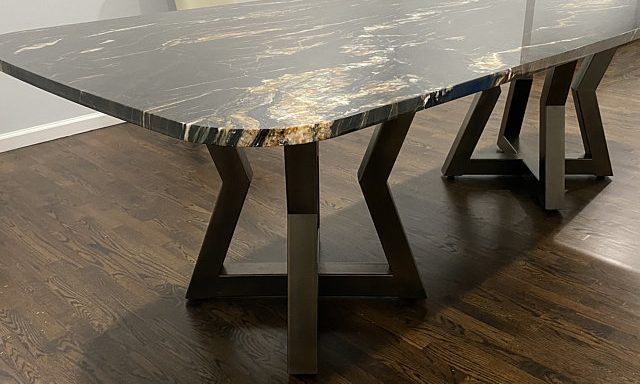
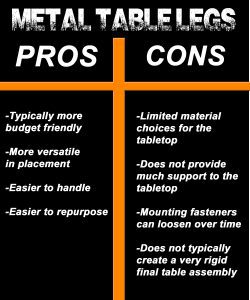
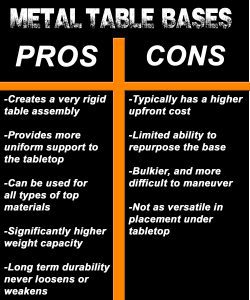
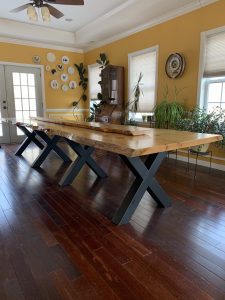

 This seems like a simple question, but believe it or not it is a common question we are asked. A slotted mounting hole is exactly as it sounds. Instead of a round hole for mounting the metal table legs or base to a tabletop, we include holes that are more of a “racetrack” shape. Adding this shape of hole to a piece of metal typically requires specialized metalworking equipment. Depending on the material and application, we will typically either punch out the hole using a punch and die in an iron worker which works very similar to a paper hole punch, or we will use a CNC plasma cutter which burns out the shape we input into the computer from the desired material.
This seems like a simple question, but believe it or not it is a common question we are asked. A slotted mounting hole is exactly as it sounds. Instead of a round hole for mounting the metal table legs or base to a tabletop, we include holes that are more of a “racetrack” shape. Adding this shape of hole to a piece of metal typically requires specialized metalworking equipment. Depending on the material and application, we will typically either punch out the hole using a punch and die in an iron worker which works very similar to a paper hole punch, or we will use a CNC plasma cutter which burns out the shape we input into the computer from the desired material.
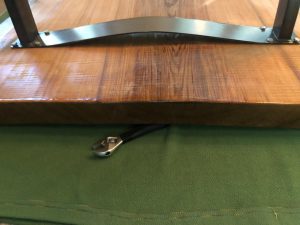
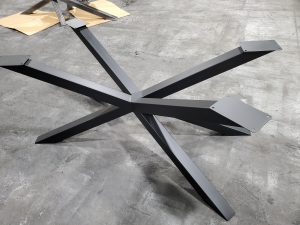
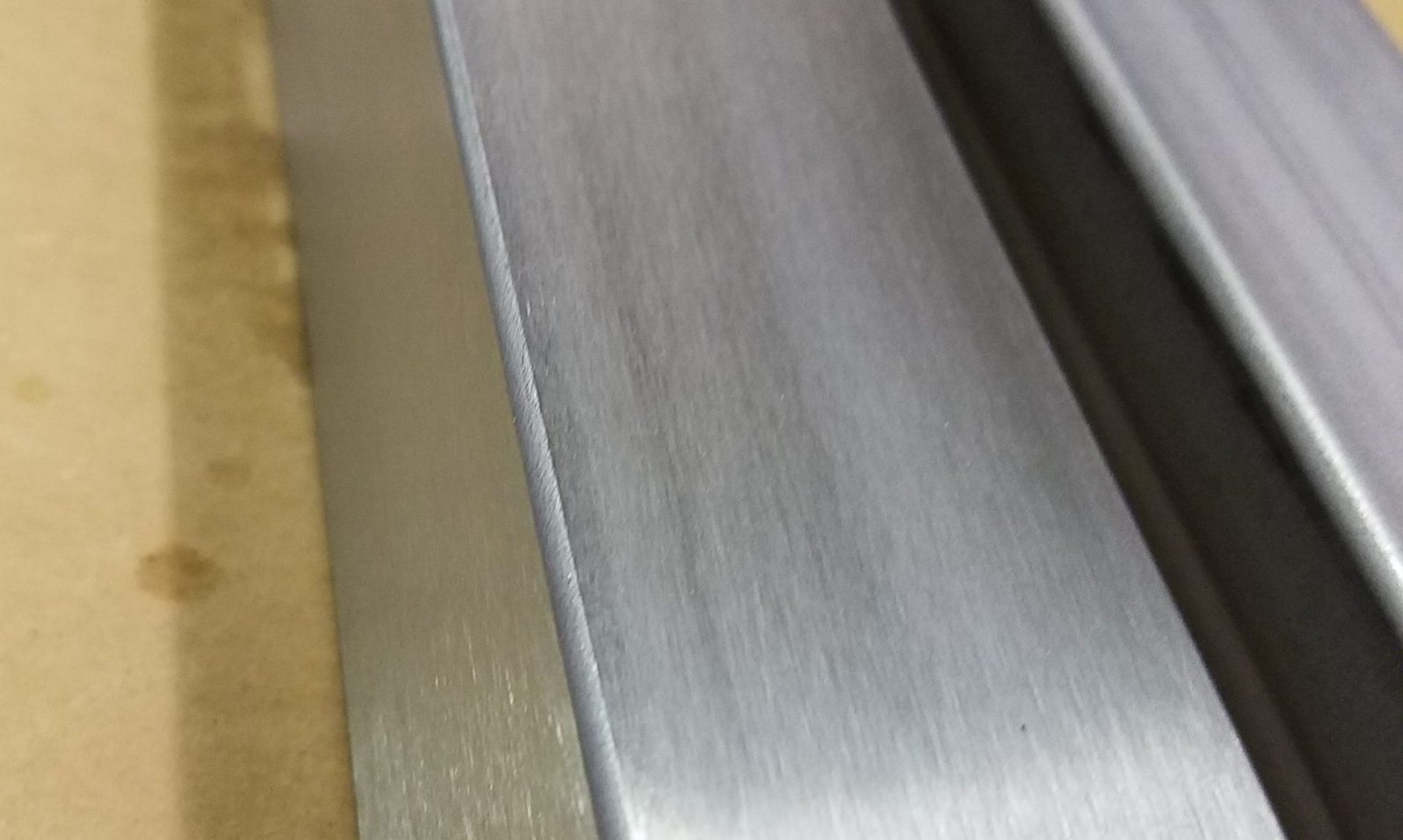


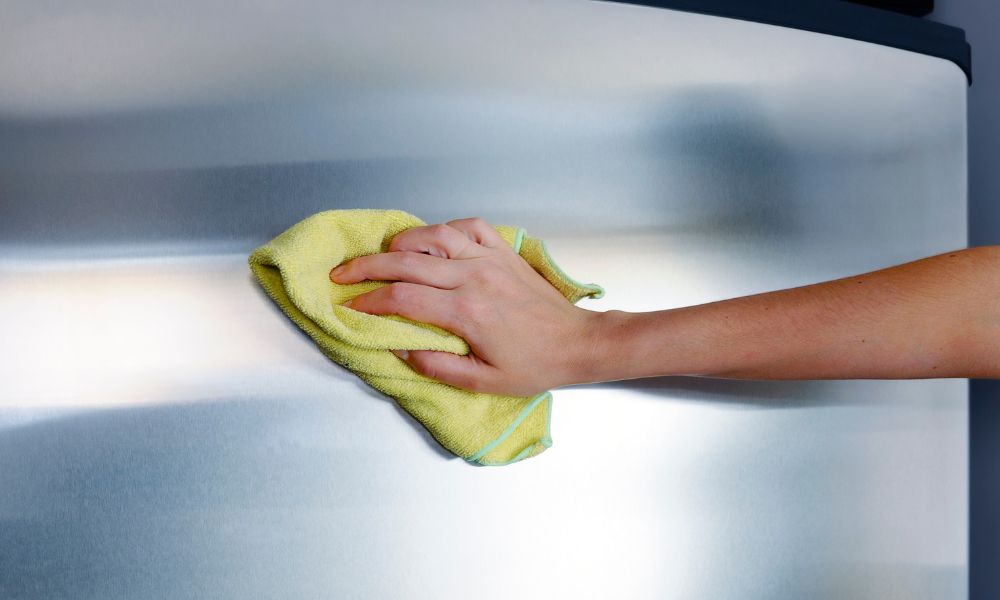
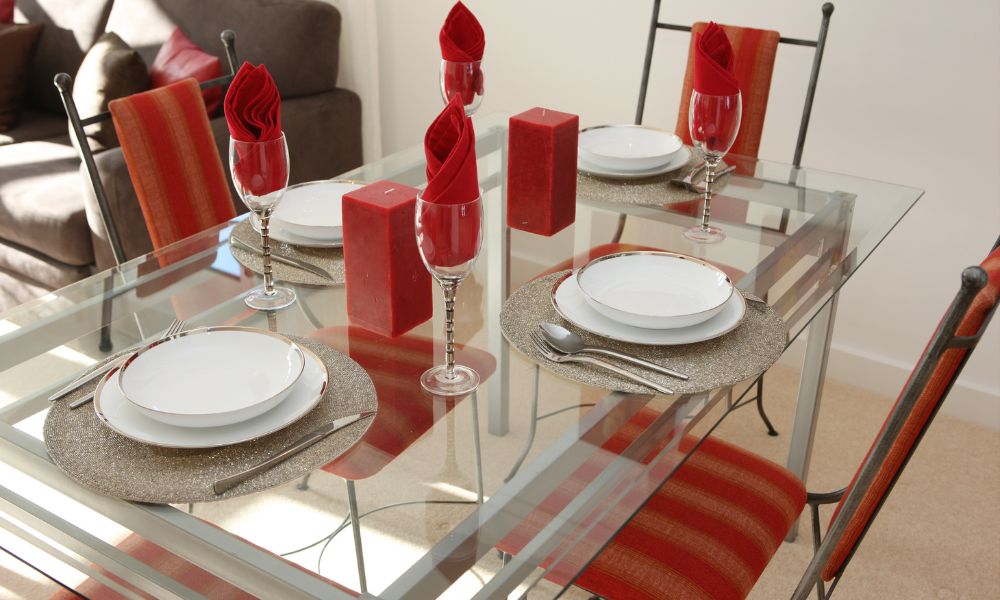
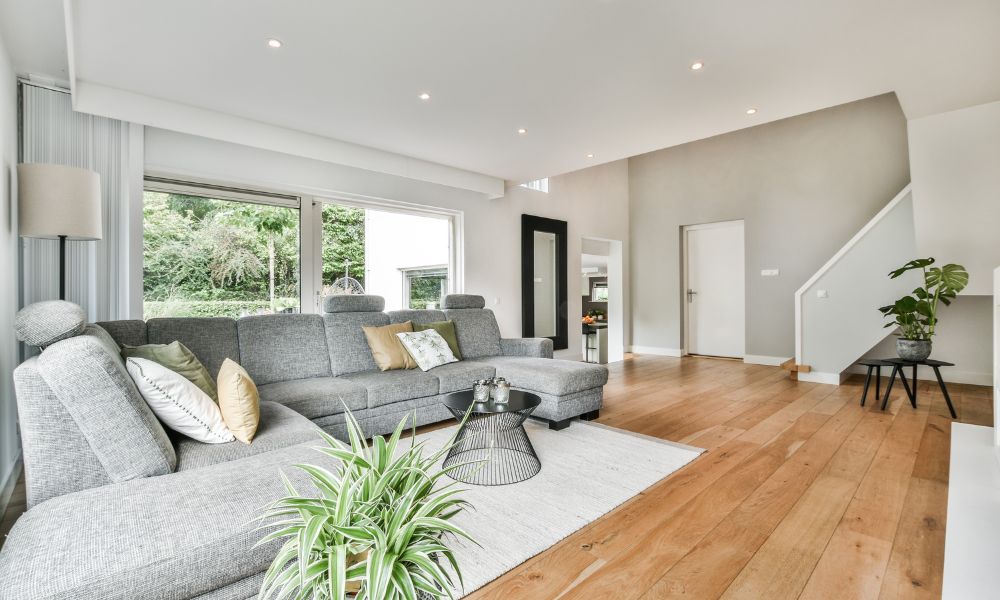
 Some of the most important elements for a contemporary look are the pieces of furniture around your house. It is unnecessary to replace every item you own to change the style; instead, upgrade what you have with different elements, especially metal.
Some of the most important elements for a contemporary look are the pieces of furniture around your house. It is unnecessary to replace every item you own to change the style; instead, upgrade what you have with different elements, especially metal.
